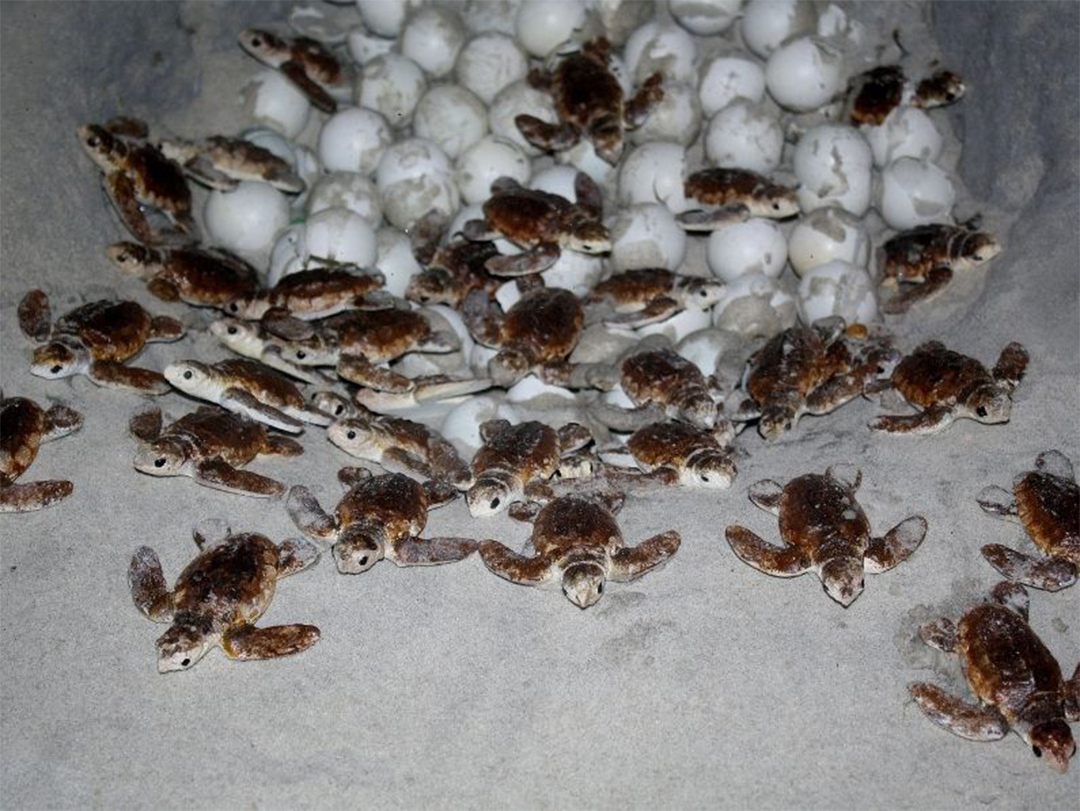“Well, it’s a marvelous night for a moon dance,” sings troubadour Van Morrison. He is singing to all moonstruck creatures when he does so, and nature’s most famous moon dancers are sea turtles. Between June and August of every year, the waxing moon calls these creatures to shores all along the East Coast of America to lay their eggs in deep sand nests. Then when the moon reaches its fullest days later, she calls again to the tiny hatchlings to rush back to the sea–and safety. It is one of the most astonishing sights you’ll ever see–an eruption of life aptly called “boiling.” Cynthia Renee and her daughters watch it annually on Bald Head Island in North Carolina.

Now Cynthia has commemorated her family’s yearly turtle pilgrimage with a piece of jewelry. Fittingly, the piece is a ring designed to celebrate this lunar birth-miracle.

The ring is made of platinum and features a 6.76-carat moonstone flanked by 1.05 carats of round diamonds. The choice of moonstone is based on far more than the gem’s poetic name. Moonstone is famous for exhibiting hypnotic reflected colors–usually various shades of blue. At its best, this blue reminds aficionados of the blue of hydrangea. Imagine pools of deep milky blue floating in a otherwise transparent hemisphere. Gemologists call this shimmering light effect “adularescence.”
But you are welcome to call it moon dance.
Moonstone is one of two birthstones for June. The other is pearl. In Europe, it is said that moonstone is the more preferred birthstone. It’s easy to see why. Moonstone has the iridescence (play of spectral color) of pearl but with a bonus of color depth. Like the moon, this gem, a member of the very broad feldspar family, has phases when its popularity waxed and waned. Some of the greatest jewelers of the late 19th and early 20th century like Louis Comfort Tiffany and Rene Lalique loved moonstone and used it frequently. When they did, the gem was still known as “water opal” in the trade because of its deep liquid luster and pools of color. Moonstone was a Hollywood mainstay during the 1920s and 30s, then receded in demand until recently when new deposits were found in India that featured yellows and purples–in addition to the milky blues for which Ceylonese moonstone–long the predominant variety–was famous.
Whatever the predominant hue, moonstone enraptures observers because it provides uniquely velveteen rainbows of color. Come look for yourself and see if you can resist the lunar pull of this gem.



